On the frontlines is our monthly newsletter section covering the activities of BirdLife Malta’s conservation, policy, nature reserve (Salina, Simar, Għadira and Foresta 2000), seabird and public engagement teams, together with an update about rare and scarce bird species observed.

Rabbit Hunting Season Used as a Cover for Illegal Bird Hunting
Over the past few weeks, our BirdLife Malta Conservation team has been closely monitoring the rabbit hunting season. What we discovered was deeply concerning. Instead of encountering hunters pursuing rabbits, we found multiple instances of illegal bird hunting activities. These included the use of electronic wader callers during both day and night, hunters stationing along the coast and near ponds with plastic wader and duck decoys, and several cases of birds shot at or shot down. Even more troubling, among the illegally shot birds that we recovered, we retrieved a Curlew Sandpiper within our Għadira Nature Reserve, a place meant to be a sanctuary for wildlife.
Autumn Hunting Season
The bird hunting season of this autumn has opened on 1 September and will remain open until 31 January. Illegal hunting is still a widespread concern across the Maltese Islands. We are anticipating protected birds being targeted despite their status.
We rely a lot upon the public to act as our eyes and ears in the countryside, so please do report any illegal hunting to us and the Environmental Protection Unit (EPU) on 119. For incidents that require immediate action, please call the police first. Otherwise, BirdLife Malta can be contacted on 2134 7645 during office hours, or 7925 5697 during weekday evenings and weekends.
For guidelines regarding what is legal, please visit here: https://birdlifemalta.org/information/hunting/
Italian-ringed Yellow-legged Gull Recovered in Malta
On 20 August, the police picked up a Yellow-legged Gull, which had been found at sea by a member of the public. The bird was later handed over to BirdLife Malta, as it was deemed fit for rehabilitation with no evident injuries. The interesting thing about this bird is that it was wearing an Italian aluminium ring! Its exact background is not currently known, but scientific bird ringing is a great tool for us to learn more about bird movements, their life expectancies and so on. We were able to successfully release this Yellow-legged Gull back into the wild from Mistra Bay.
Rehabilitation and Releases
In August, we were delighted to return a Eurasian Hobby to the wild. The bird – rescued by the Malta Ranger Unit in May, and with an injured left shoulder – made a full recovery during rehabilitation and is now ready to migrate south once again.
We also released four Yellow-legged Gulls that had been treated for gastrointestinal infections.
In addition, we admitted a Black-necked Grebe, which fortunately only required a brief check-up. It was immediately released back into a safe environment.
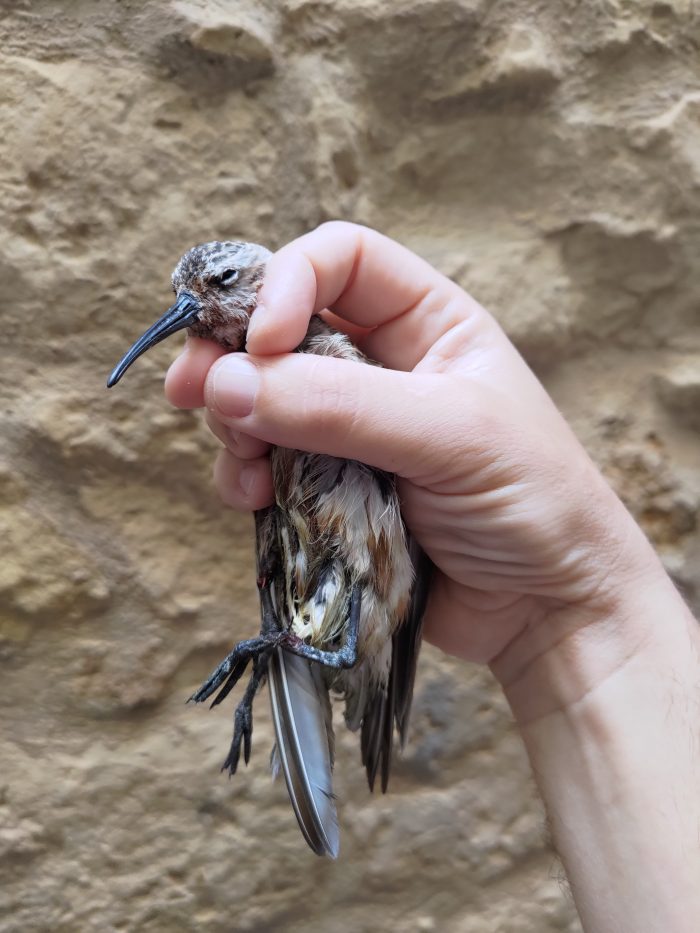
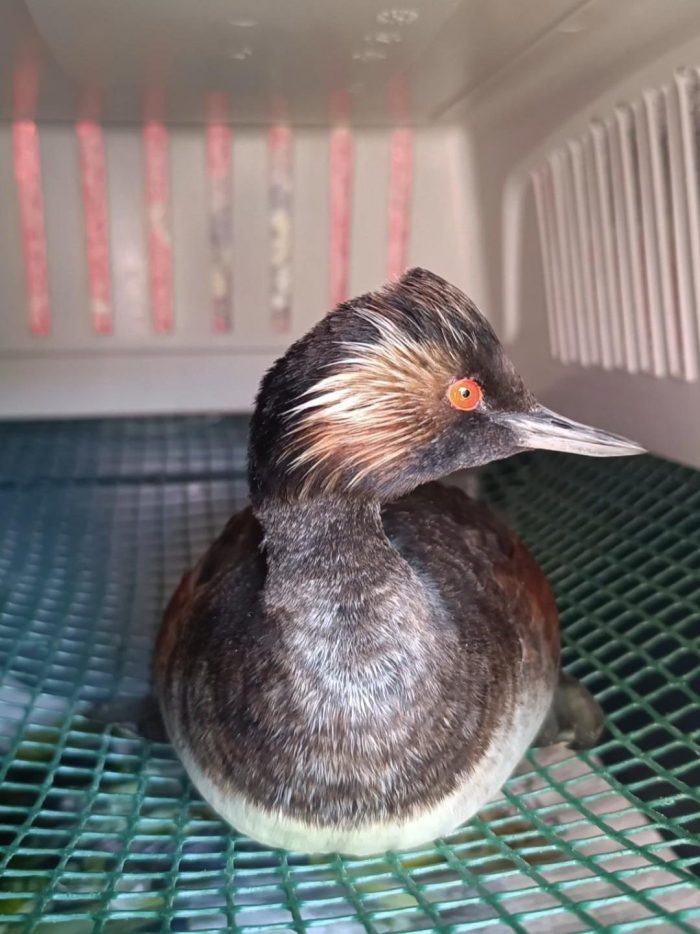

The Yelkouan Shearwater Breeding Season Wraps Up
The Yelkouan Shearwater breeding season has come to an end. After months of intense night-time fieldwork, our Seabird Team is finally getting some well-deserved rest. As we approach the end of the month, the last of the Yelkouan Shearwater chicks are fledging, marking the end of this season’s efforts. The team has also begun retrieving some equipment we set up in our monitored colonies. However, our work isn’t quite done yet, as we’re still closely monitoring other seabird species in Malta.
Biosecurity – A Constant Commitment to Filfla
Even though our fieldwork may have slowed, our commitment to seabird conservation is a round-the-clock effort. As part of the LIFE Tetide project, we’re monitoring Scopoli’s Shearwater and European Storm-petrel‘s nests to ensure the safety and survival of these species. It’s crucial that we remain vigilant, especially on Filfla, where both species are nurturing healthy chicks. By using motion-activated camera traps, we monitor activity around the clock, capturing vital information on breeding behaviours and detecting potential threats, like rat incursions. We’ve implemented strong biosecurity measures on Filfla to protect these colonies from invasive predators and to keep the island rodent-free. Through these ongoing efforts, we’re dedicated to safeguarding the future of these incredible seabirds.
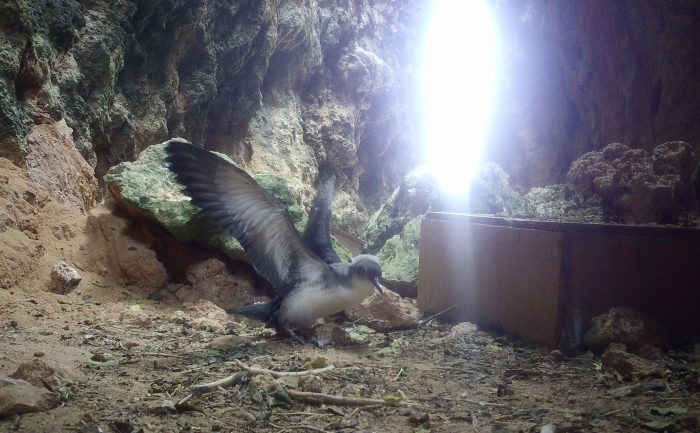
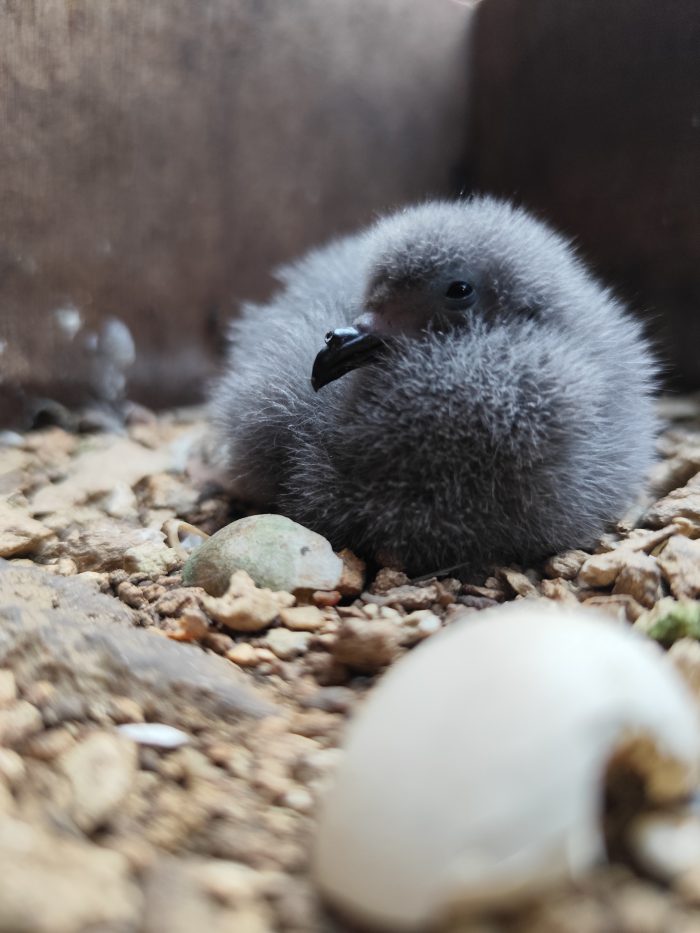
Follow our LIFE PanPuffinus! project on our website and social media!

Salina Nature Reserve
Sightings
Salina Nature Reserve is witnessing the first signs of bird migration among sunny weather and hot temperatures. Apart from the well-known resident gulls, the first flocks of Purple Herons and Black-crowned Night-herons were seen flying over the reserve, as well as a large flock of 25 Greater Flamingos! The reserve is once again slowly becoming full of life, as the first Yellow Wagtails, Subalpine Warblers, Corn Buntings and Little Egrets stopped in the saltpans to rest and bask in the sun. For several days, the attention of visitors and bird lovers was captured by a Grey Plover actively exploring the saltpans before carrying on with its journey. And to add a hint of bright blue to the stone-coloured background – the Common Kingfishers are back! They are once again delighting visitors with their hunting skills and putting on a real show.
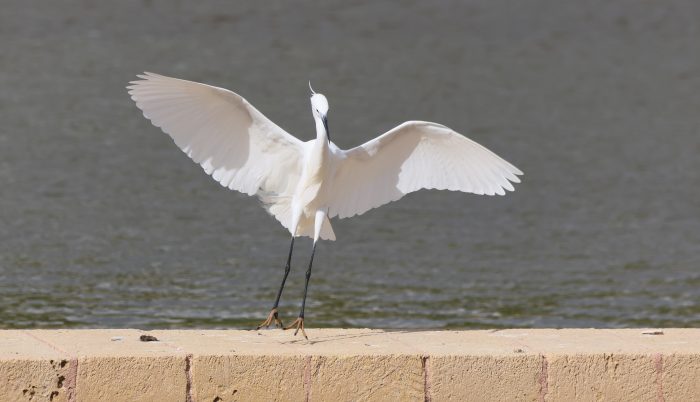
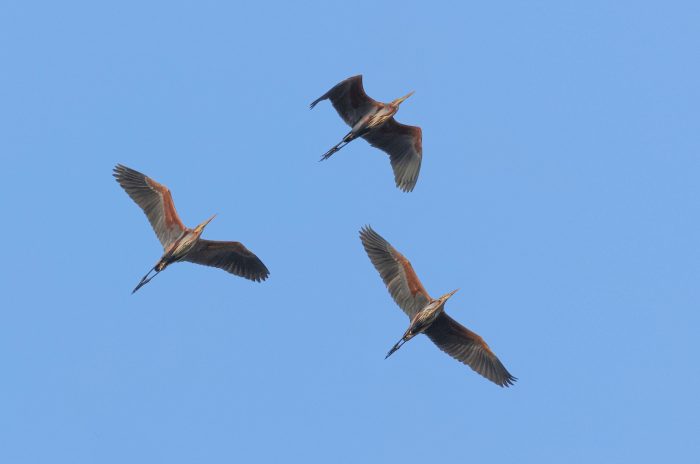
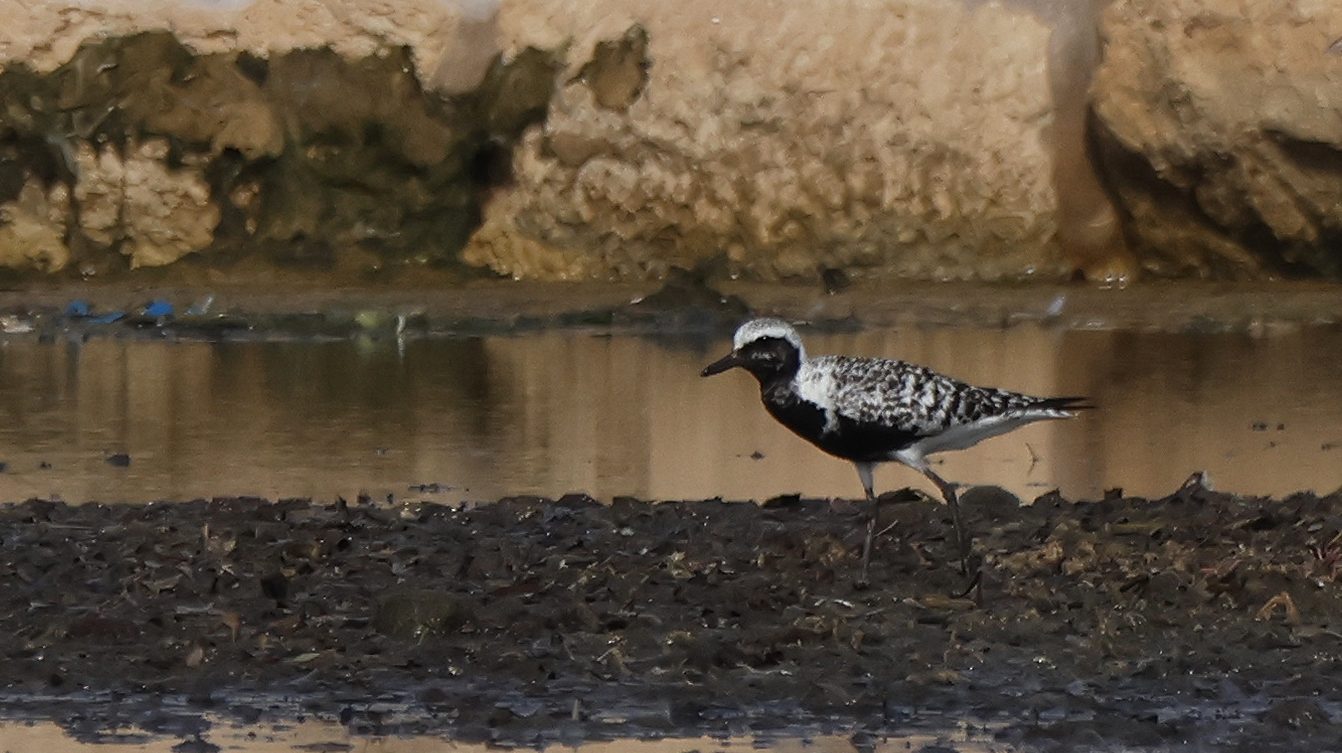
Works
While waiting for the summer heat to pass, our team in Salina began planning and preparing for new projects and additions soon to come. Along with the usual maintenance of the walking paths and birdwatching hides, we worked to maintain and secure the native non-invasive flora in the wetland area. This entails constant watering and pruning of native plants and putting effort into minimalizing the spread of invasive plant species. Ensuring the stability of the wetland’s ecosystem means providing a safe and well-balanced environment for migratory birds, making it a task of great importance for our team.
As the first signs of bird migration are showing, more bird enthusiasts and curious travellers are visiting Salina each day. The reserve’s visitor centre also continues to host fun and educational activities, for students and organized group visits alike. Learning about nature conservation and the history of salt production in a unique historical setting like Salina Nature Reserve is a memorable experience that proves to be fun and enjoyable again and again. We invite you to come join in on the relaxation with a cold drink from our shop and admire the fascinating cycle of bird migration at Salina Nature Reserve!
Għadira Nature Reserve
Sightings
This month southbound migration was rather sparse. Little Stints, Green Sandpipers, Wood Sandpipers and Common Sandpipers showed up in small numbers throughout the month. Common Kingfishers, Yellow Wagtails and Barn Swallows were also seen in small numbers. Notable sightings included a Black Kite and a couple of Citrine Wagtails – one seen from 12 to 15 August, and another one ringed a few weeks later. We also spotted a Ferruginous Duck and a flock of 75 Black-crowned Night-herons, together with six Purple Herons. Towards the end of the month, it was possible to see a Gull-billed Tern coming in and out of the reserve.
Three Little Ringed Plovers chicks fledged from two different pairs and were flying by mid month. A female Black-winged Stilt, together with her three juveniles, enjoyed our reserve for almost the whole month. However, on 31 August they flew away and only one of the juvenile birds came back. Hopefully the rest of the family survived, although with the number of illegal bird callers and illegal hunting and trapping around the Maltese islands, one can only hope the birds survived and migrated.
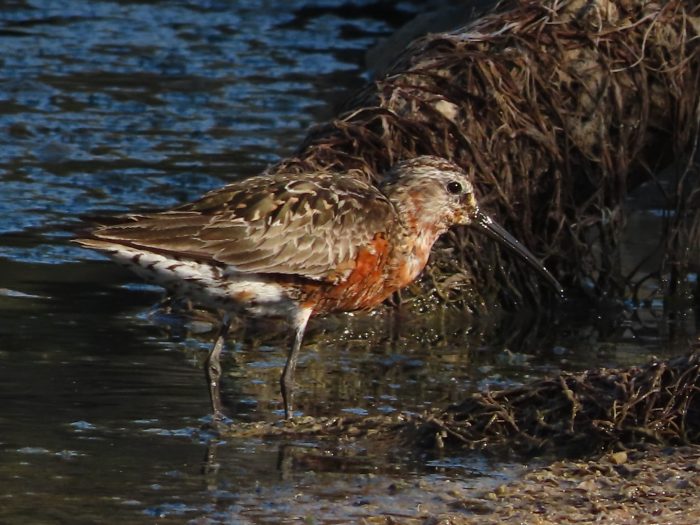
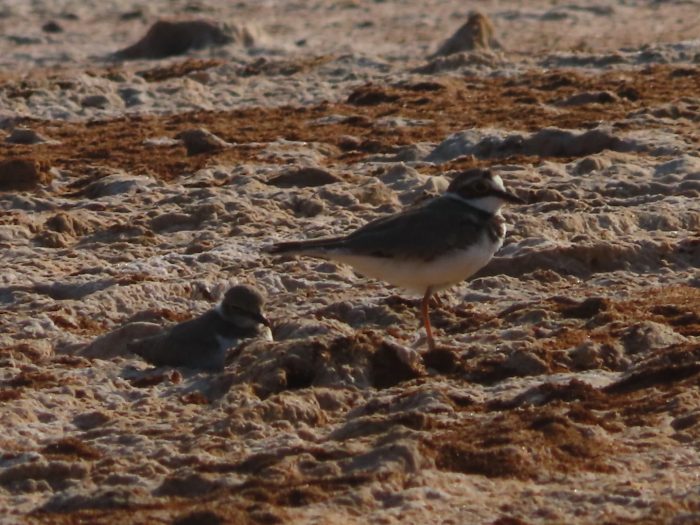
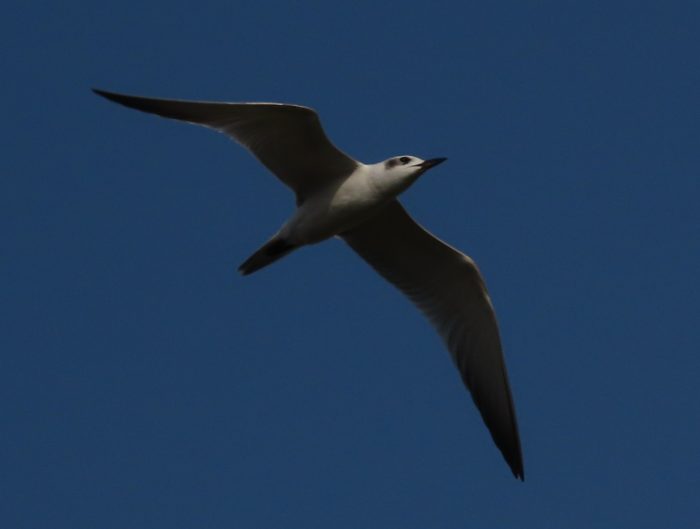
Works
During the last month our team waterproofed the visitors centre’s roof and hedge trimmed the public paths, as Tamarix trees grow profusely at this time of year. As summer temperatures soared, we also irrigated and refilled the fresh water ponds three times per week.
We also kept working on our Sand Burrowing Cricket survey on a weekly basis. Numbers of active cricket burrows decreased significantly in August, as it’s normal for this time of the year.
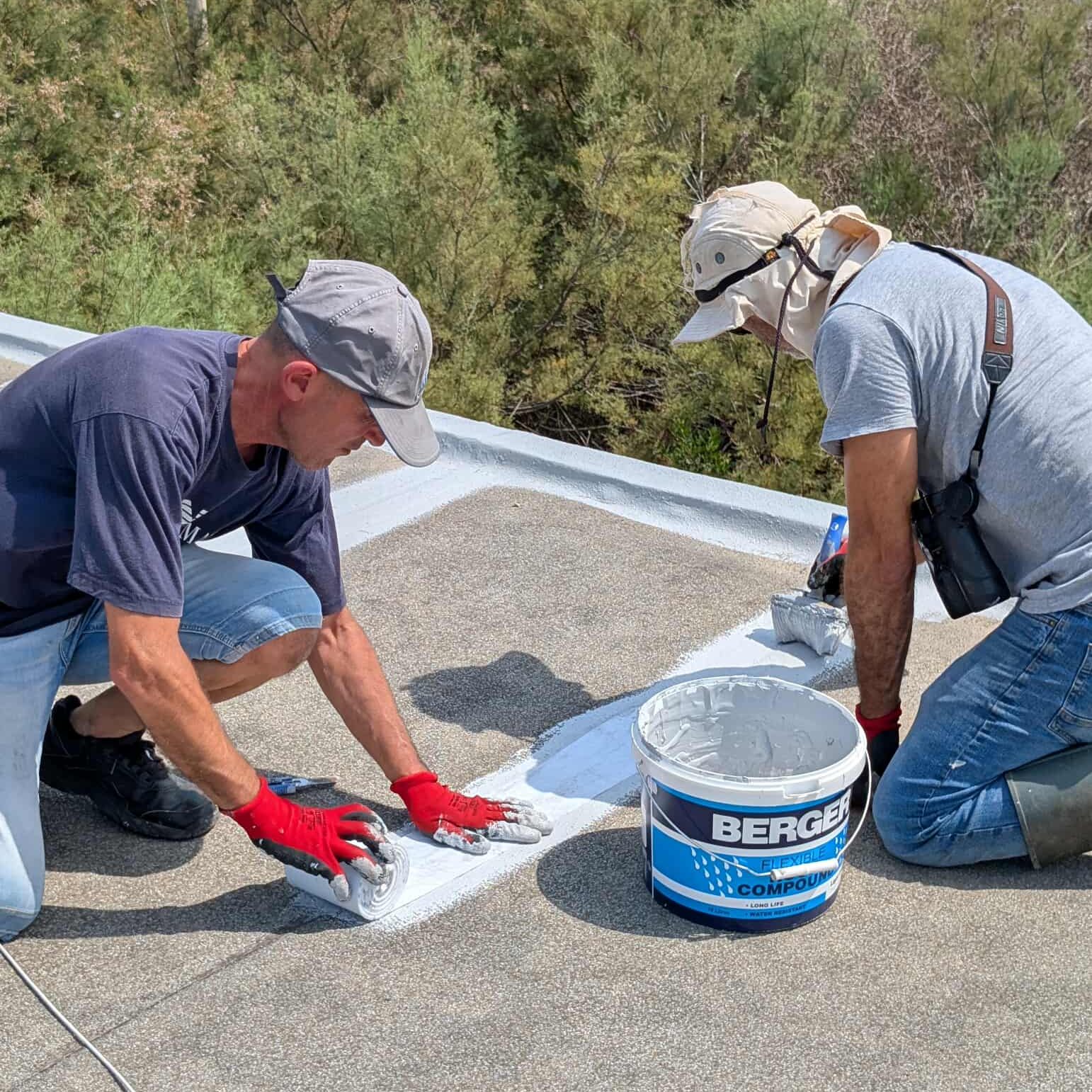
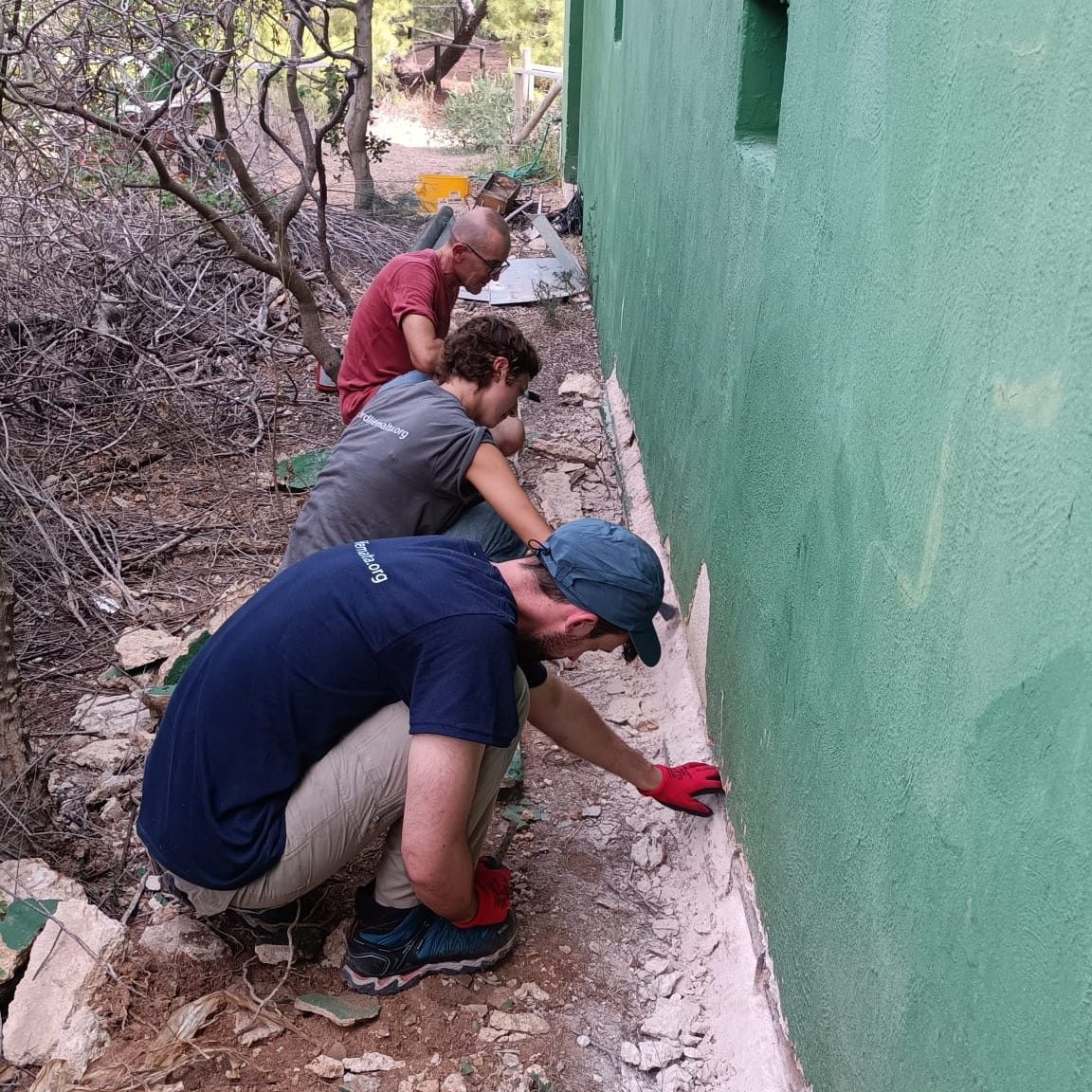
Simar Nature Reserve
Sightings
Summer is the main migratory period for waders. They seek low lying waters and associated mudflats, and Simar Nature Reserve has managed to provide such habitats. Common Sandpipers were the most frequent visitors of this month. Wood Sandpipers, Little Stints and Little Ringed Plovers were also present in good numbers. Other species included Common Ringed Plovers and Green Sandpipers.
Black-crowned Night-herons were regularly present in small numbers, as well as small flocks of Little Egrets. Purple Herons also started arriving in the reserve, including a flock of 21, together with a few Grey Herons. The first Common Coots also arrived as well as a good number of Common Kingfishers. Small numbers of Great Reed-warblers were feeding in the reedbeds, whilst Common Reed-warblers could be seen in higher numbers.
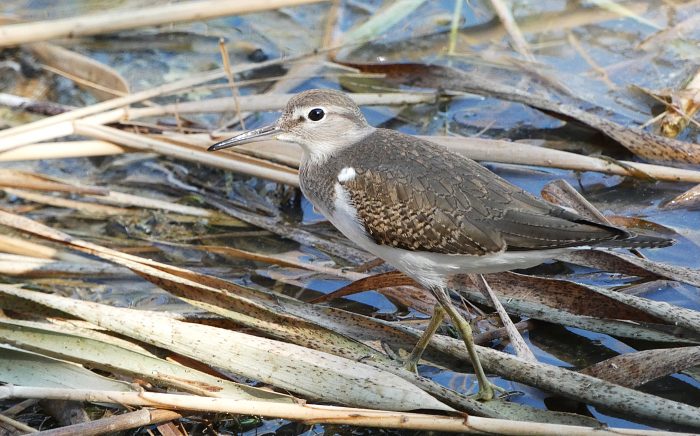
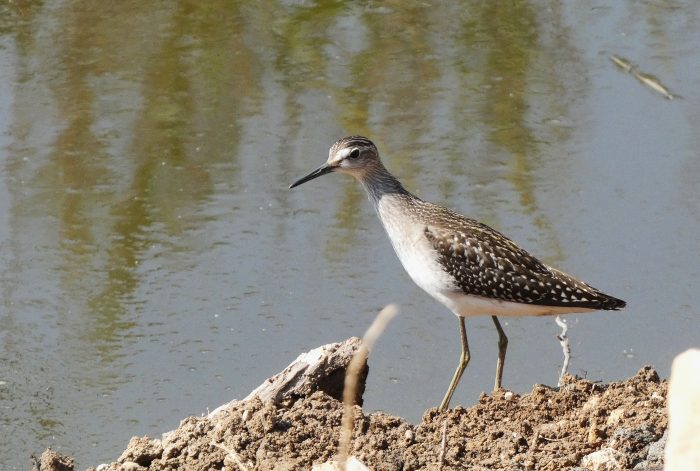
Works
The low water levels allowed for further removal of reeds from several shorelines to create a diversity of habitats within the wetland. With the gradual increase in the reedbeds it is important to maintain the open shorelines and the associated mudflats.
The finalising works on the new wooden hide continued and included waterproofing, preparing the bench and shelf, and fencing off the path leading to the entrance. With the fixing of the wooden railing, we were able to complete the new path. Measures to minimise disturbance included the creation of dry hedging and wooden fencing.
Works carried out in the external part of the reserve by a private contractor continued progressing. This area – which will eventually be open to the public as well – will gradually become a wildlife habitat. It will include various wild flora and a wetland area, as well as carefully laid out paths and benches for the public. .
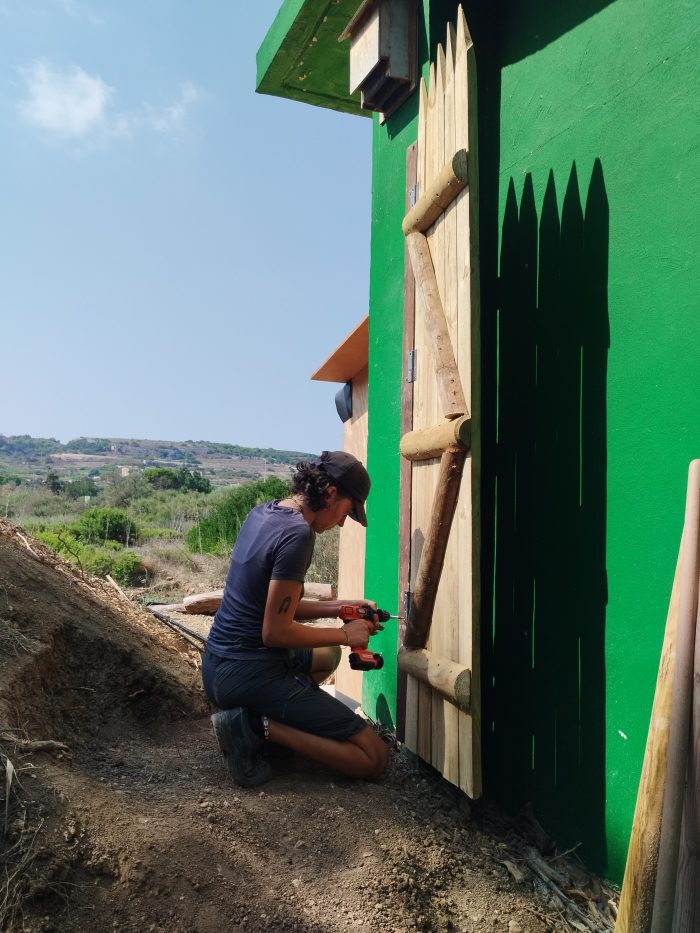
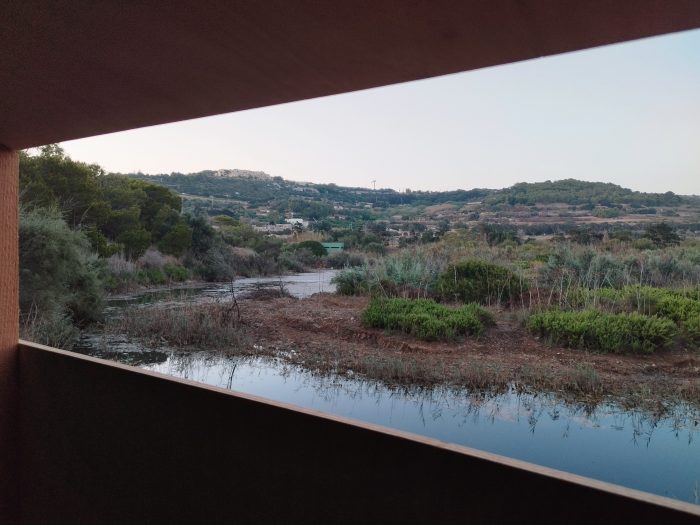
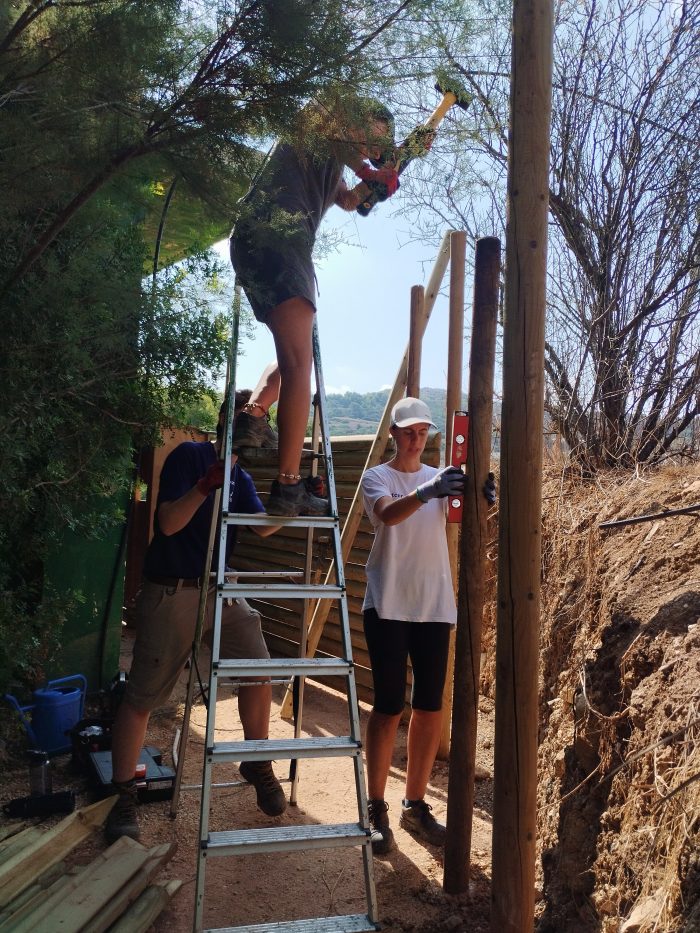
Foresta 2000
Sightings
Despite the height of summer, this August brought a slightly cooler weather and a welcomed rainfall that left Foresta 2000 looking greener than usual. The fresh pine canopies provided shelter and shade, offering refuge for many species.
The highlight of this month was the striking sight of a Hoopoe, professionally blending with the ground. Down by the cliffs, a weasel was also spotted for the second month in a row – a rare glimpse of this elusive mammal thriving in the wild terrain.
The rhythmic buzzing of mating cicadas was the soundtrack of the month – a true symbol of the Mediterranean summer! Painted Ladies and other small butterflies brought splashes of movement to the landscape, while Emperor Dragonflies continued to patrol sunlit paths despite the lack of open water. Of course, Chameleons were always around. Blue Rock-thrushes, Sardinian Warblers, and Zitting Cisticolas were all active too, their songs carrying over the garrigue and cliffs.
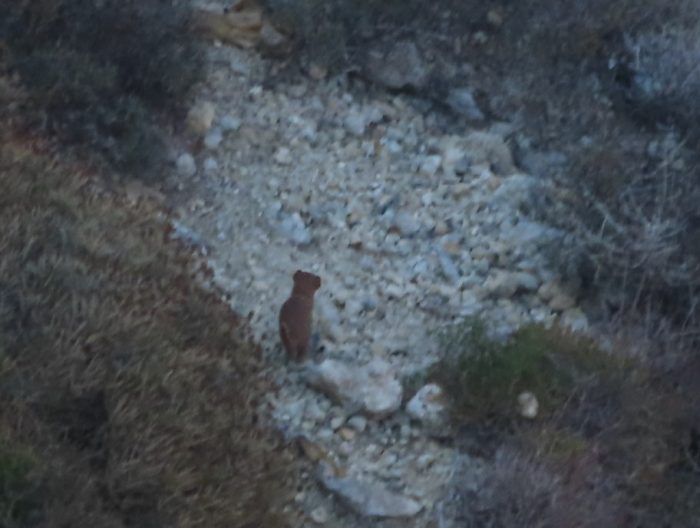
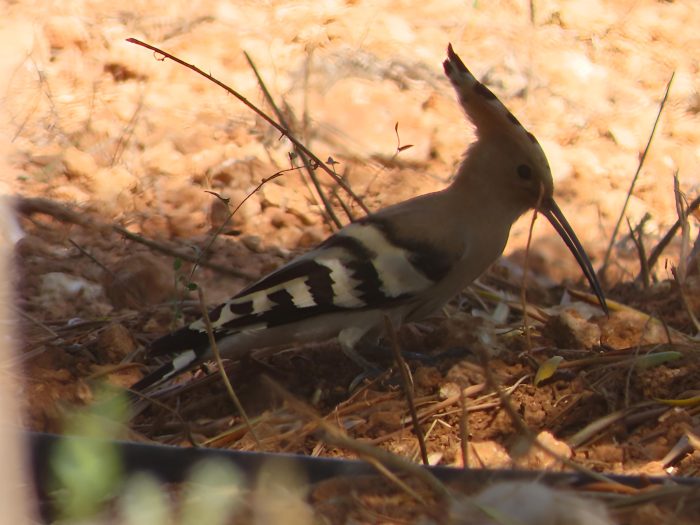
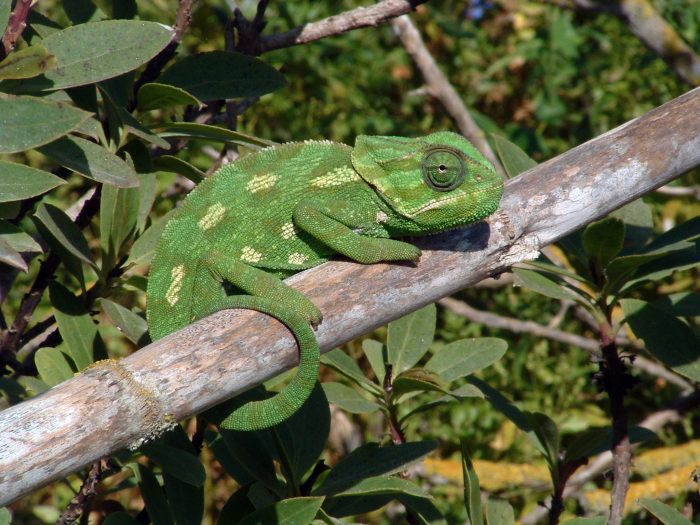
Works
Path maintenance and regular clean-ups continued throughout the month to ensure that the reserve remains safe and welcoming for both visitors and wildlife. Signage and marked routes are being updated, making exploration easier while safeguarding habitats. Preparations are also underway to welcome students back for the upcoming scholastic year.
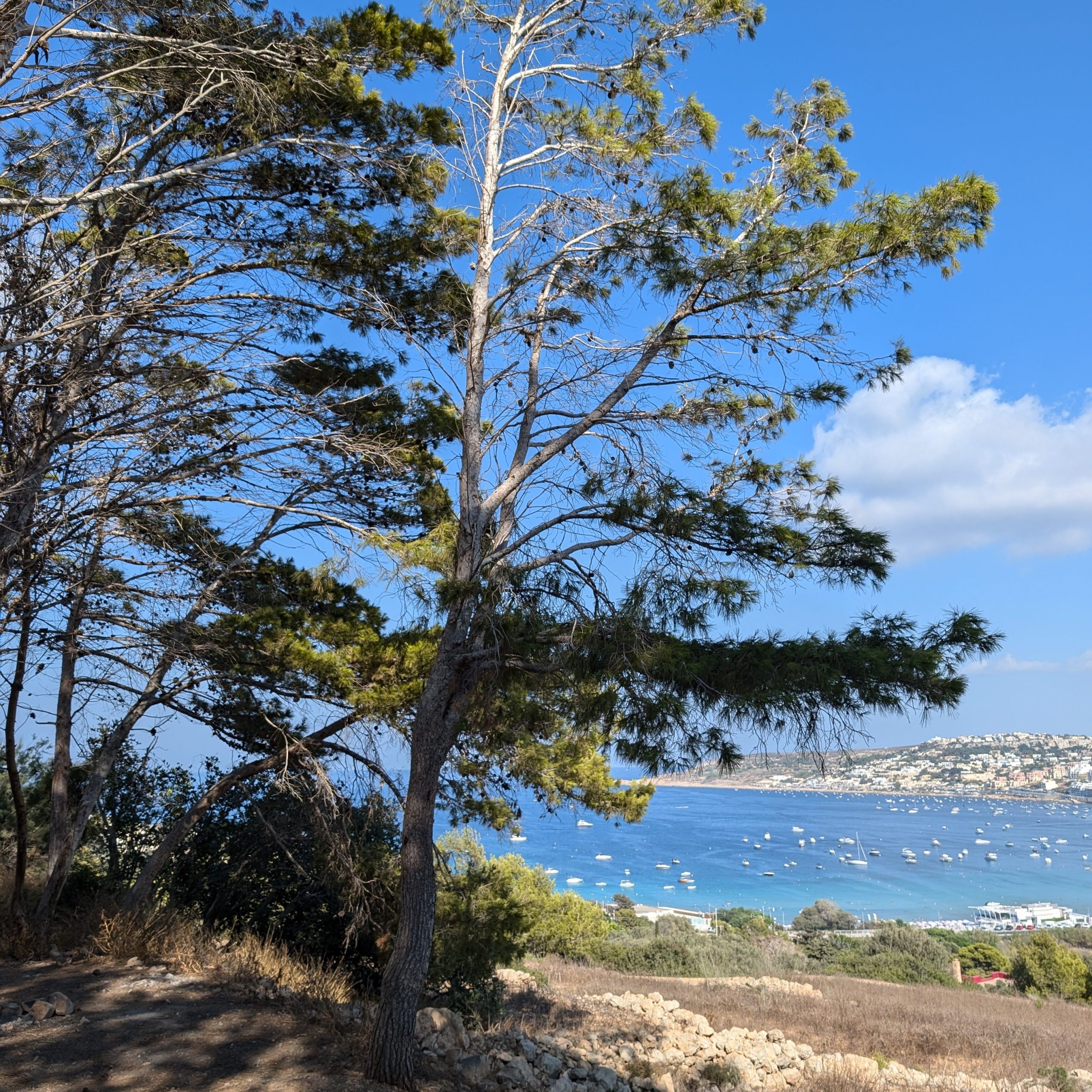
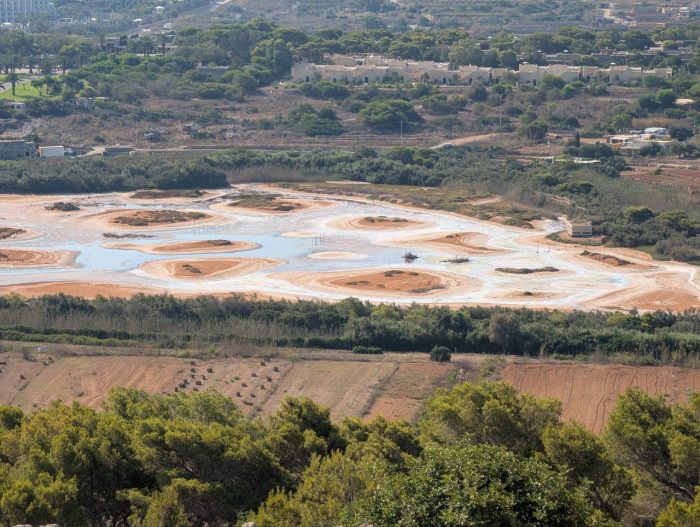

Rare Sightings and Returning Favorites
This month signals the acceleration of the autumn migration of many species of birds. The migration of waders continued from where it left off in July, with scarcer species making an appearance in August, including Whimbrels, Ruddy Turnstones, Sanderlings, Grey Plovers and Eurasian Oystercatchers. Herons were also in evidence, with the first flocks of Black-crowned Night-herons, Grey Herons, and Purple Herons showing up, together with the less regular Squacco Herons. A few flocks of Greater Flamingos were seen migrating off the coast, as well as the first birds of prey, like Western Marsh-harriers, Montagu’s Harriers, European Honey-buzzards, Ospreys and Black Kites. Passerine migration also kicked off, with the most common species in August being the Garden Warblers and Subalpine Warblers. The always popular Common Kingfishers arrived in August, while hundreds of Black Terns could be seen offshore.
Among the scarcest birds to show up during the month were three first-year Citrine Wagtails – two spotted at Għadira Nature Reserve, and one at Simar Nature Reserve. This species is very rare locally, with only 10 confirmed records before this year. It is also a recent addition to Malta’s bird list, with the first record being only 13 years ago, in 2012. First-year birds are overall greyish in colour, and are not easily distinguished from the much commoner Western Yellow Wagtail. They also share similar calls, however those of the Citrine Wagtail are much harsher. Adult male Citrine Wagtails in breeding plumage are stunning birds, with a bright yellow head, breast and belly, and grey or black wings and back. This species has primarily an Asian distribution, breeding in much of Russia and central Asia, and migrating to India and South-east Asia during winter. However, it has a toehold in small areas of eastern Europe such as in the Baltic region, and it seems to be expanding westwards, resulting in more records in Europe.
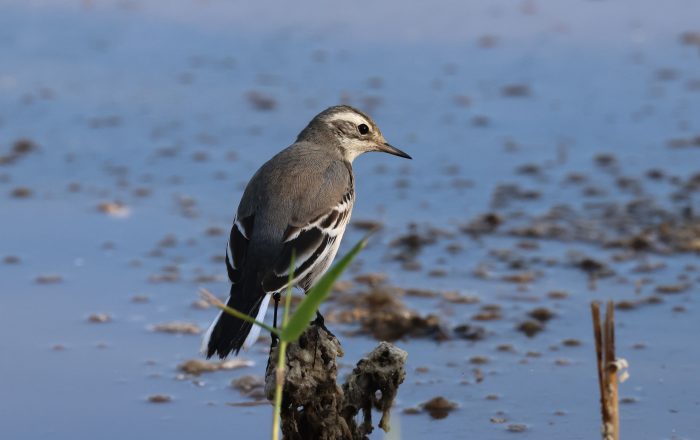
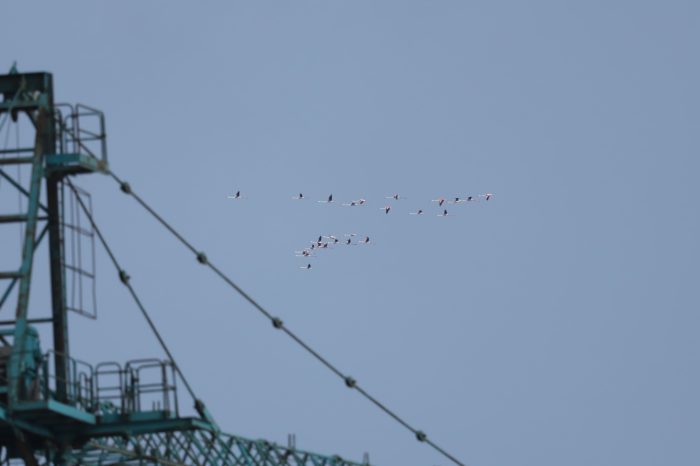

Summer Schools
Even in summer, our Education team doesn’t take a break! At Salina Nature Reserve, we welcomed summer schools from all across Malta. Children had the chance to spend a full day immersed in nature, surrounded by the stunning saltpans. The hot weather didn’t slow us down – we organized fun, nature-themed games, and some children even got to experience one of our newest addiction: the virtual reality visors! This immersive tool allowed them to observe local bird species and Malta’s rich biodiversity – something that’s not always easy to appreciate during the summer drought.
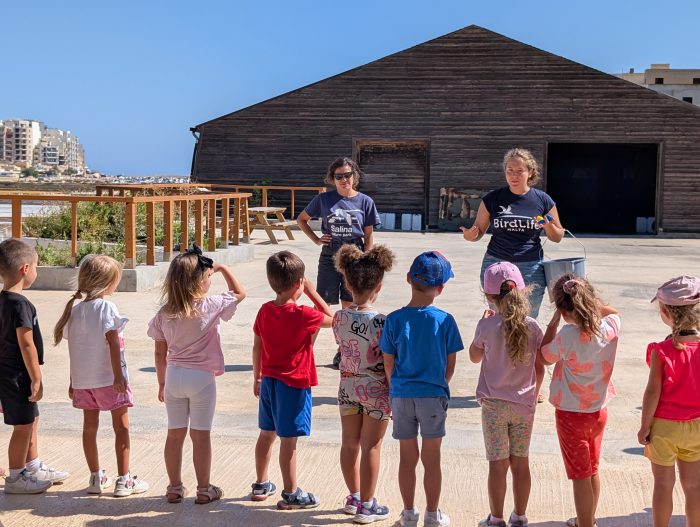
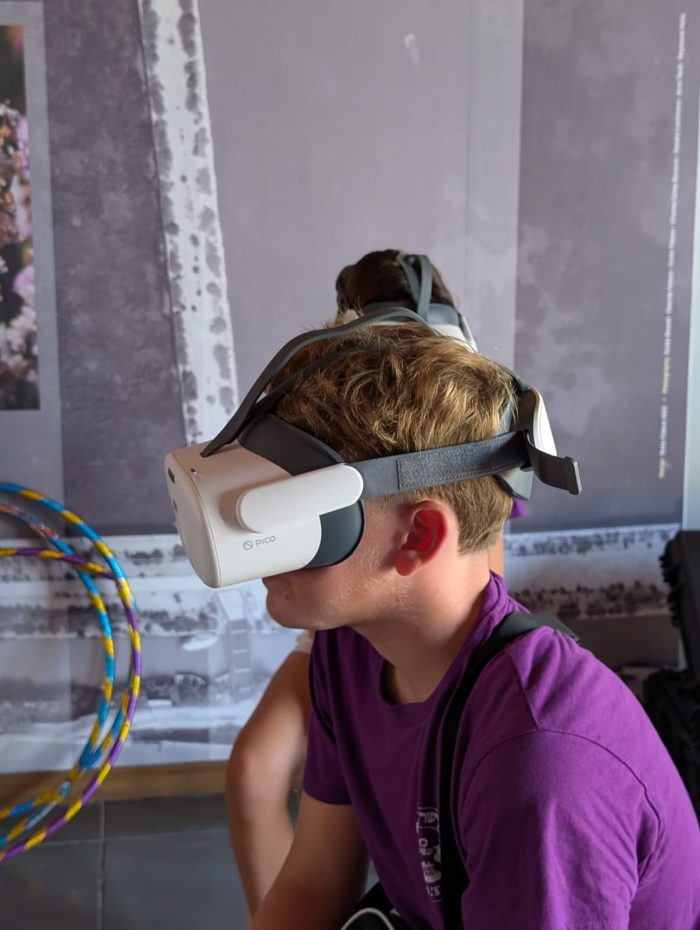
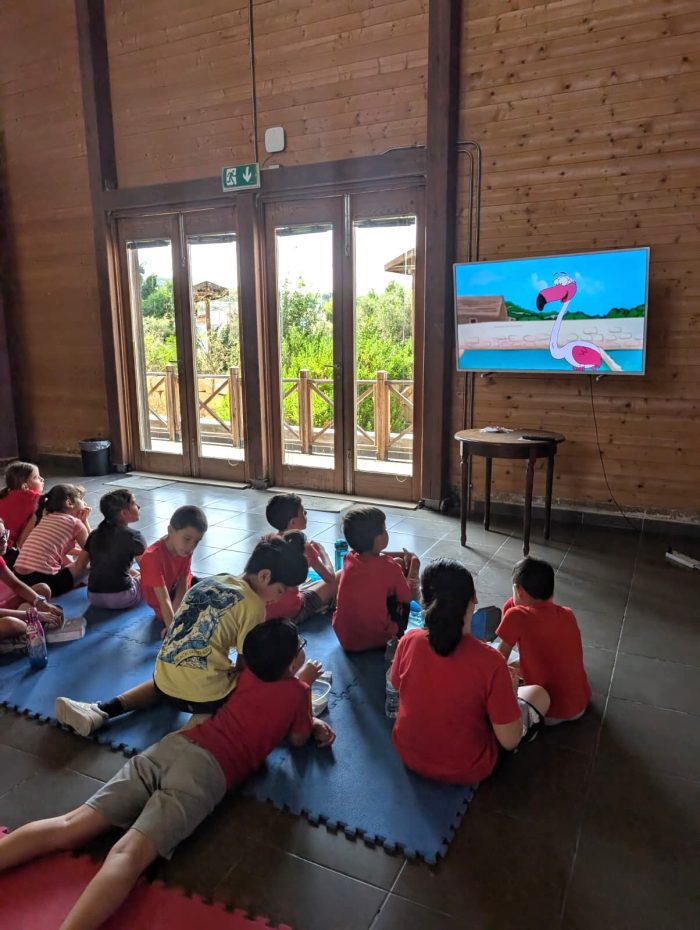
Summer Night Eco Market
On 14 August we joined Summer Night Eco Market, setting up our stand in Mellieħa for the first time! It was a pleasure to engage with both the local community and visiting tourists, sharing information about our nature reserves and the work we do. We were happy to see people approach our stand with genuine interest and walk away with a better understanding of what’s behind BirdLife Malta. Overall, it was a successful evening and we’re looking forward to joining Eco Market again in the future!
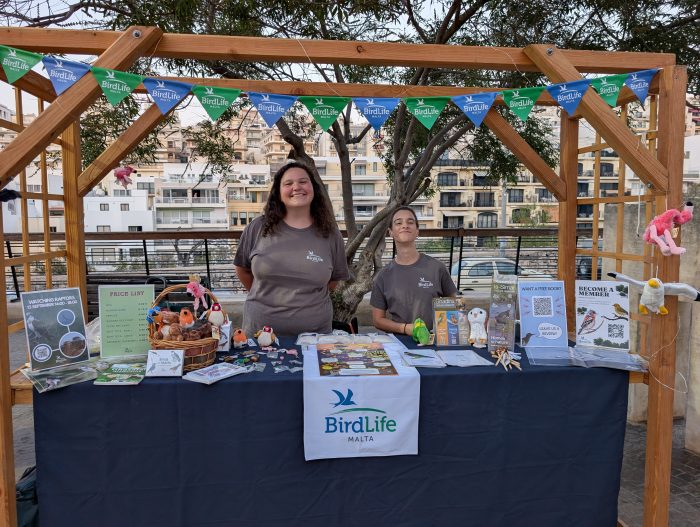
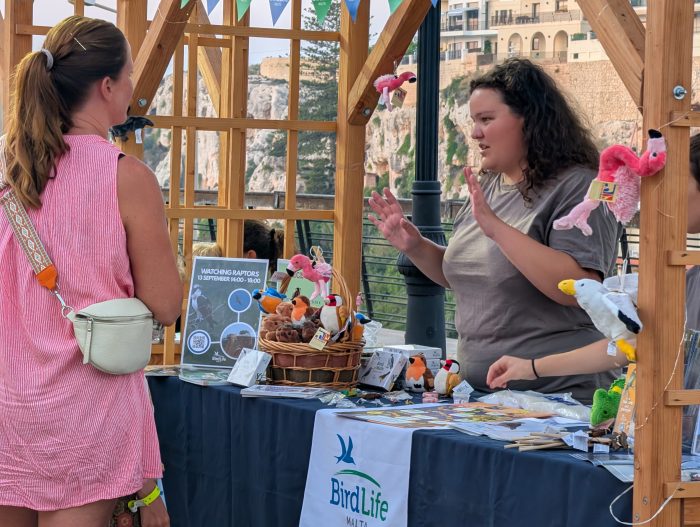
Credits
Text: David Attard, Charles Coleiro, Ricardo Fernandes, Manuel Mallia, Sofia Meskhidze, Stefano Miceli, Sara Pontrelli, Vera Tokmakova, Alice Tribe
Photographs: David Attard, Ian Balzan, Charles Coleiro, Francesco Dal Colle, Victor Falzon, Mario V. Gauci, Rita Matos, Aron Tanti, BirdLife Malta
Editing: Nadia Sodano
